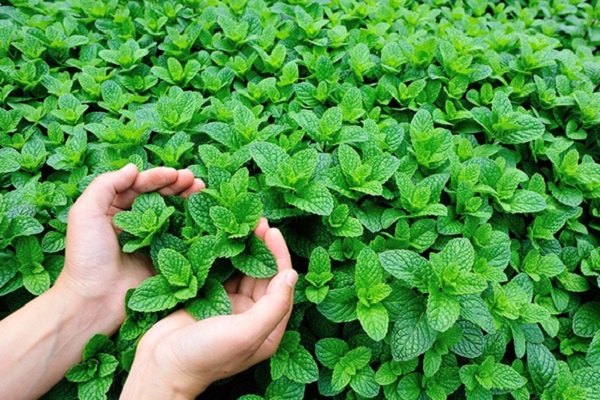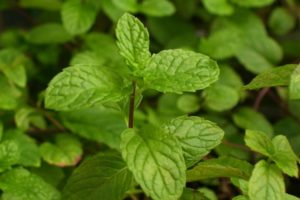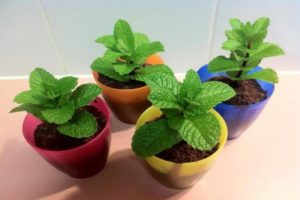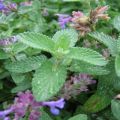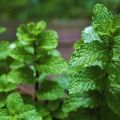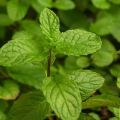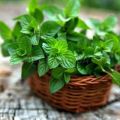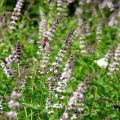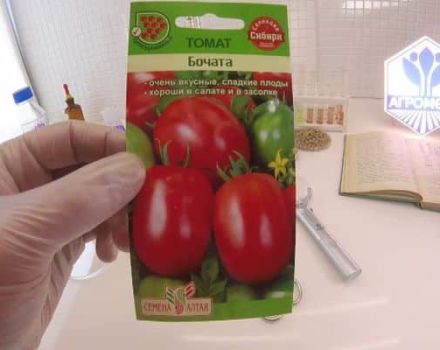Description of the variety of Moroccan mint, features of cultivation and care
Moroccan mint, most often called garden mint, attracts with its curly, lush leaves and unique aroma. In terms of taste, it is softer than the traditional pepper variety, with a refreshing aroma.
Features of the variety
Moroccan mint - curly mint, its name is associated with French roots, when Morocco was a colony of France. This variety, grown in a hot climate, was distinguished by a high content of essential oils, menthol, and stood out from the rest with its corrugated leaves. Has a mint-fresh aroma, tart peppery taste.
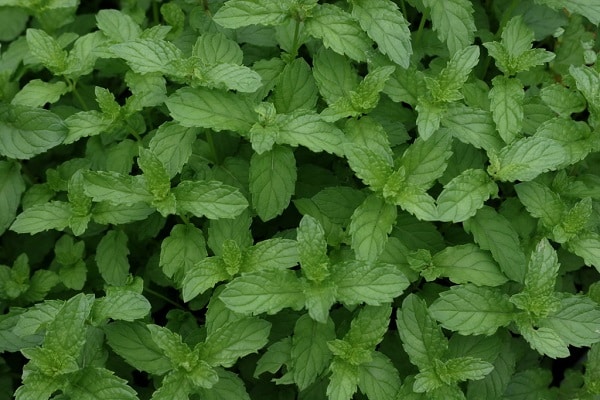
Useful properties of mint
Morocco has long known wholesome properties of mint, it is used as a prophylaxis for various diseases. On the basis of its leaves, a life-giving tea is prepared, which is an excellent tonic and refreshing agent.
This variety has many beneficial qualities:
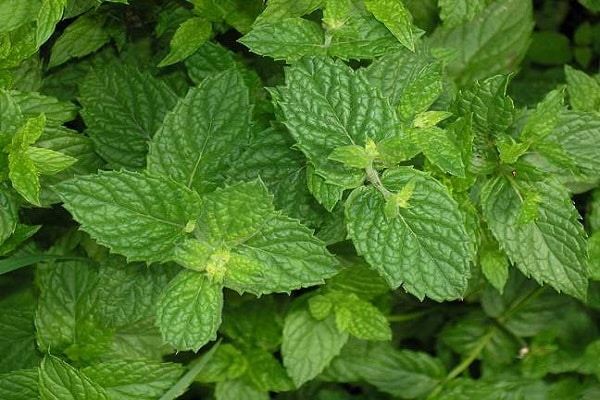
- Stabilizes blood pressure levels.
- It has a relaxing effect.
- Has a positive effect on the active blood vessels and the heart.
- Aimed at improving digestion and digestion.
- Eliminates headache, stress.
- Aimed at muscle relaxation, eliminates muscle spasm.
- Relieves PMS.
In the summer, the mint drink is a real salvation, it has refreshing qualities. People take life-giving decoctions from natural mint as a sedative that can relieve emotional stress, stimulate the brain.
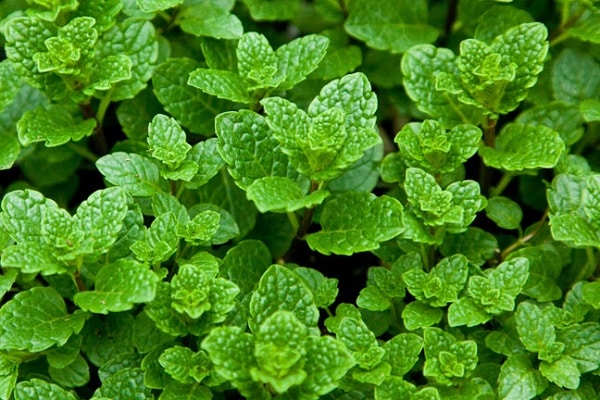
Seed preparation
Samples are purchased for planting in a specialized store for further sowing in the ground. Seeds do not require special preparation before planting; they can be kept in a weak solution of potassium permanganate for disinfection.
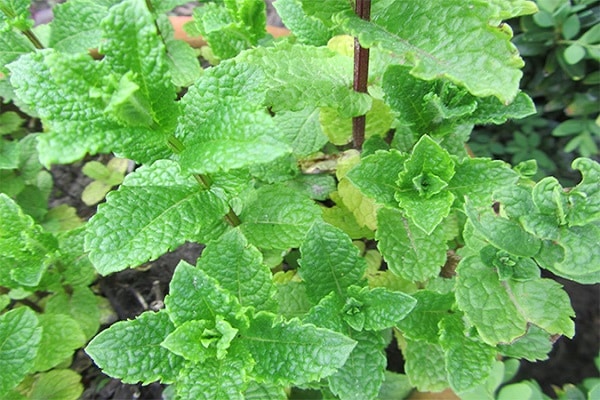
Preparing the landing site
Peppermint prefers a nutritious soil composition. You can use ready-made soil for growing seedlings or make the mixture yourself. For this purpose, mix in equal proportions: humus, garden soil, sifted sand, peat. To disinfect the mixture, it is calcined in the oven.
For sowing seeds, choose a sunny area with light shading at noon.
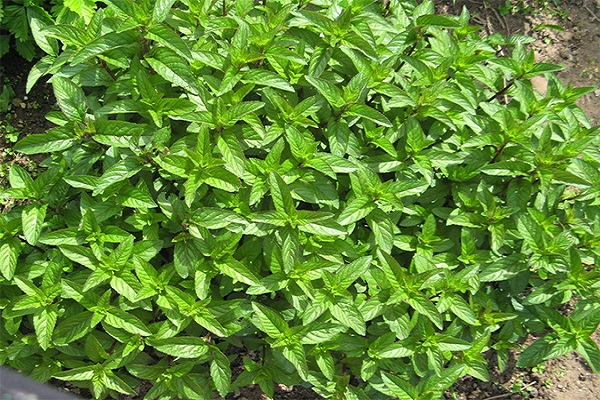
Sowing
It is very convenient to sow seeds in prepared plastic containers with a lid. The result is a kind of mini-greenhouse. In order not to constantly open the containers, they make small holes on the lid.
Seeds must be sown in moist soil. For this purpose, small grooves are made, the seeding depth is no more than 5 mm, the selected seeds are carefully introduced there.Mint seeds are too small not to wash, use a spray bottle. Sprinkle with earth on top. The container with the sown seeds is placed on a lighted windowsill in a warm room.

Plant care
After the shoots appear, carefully open the lid. So that young shoots do not stretch out, they are provided with high-quality lighting. If the natural sun is not enough, then the seedlings are supplemented with special lamps.
Fine mint loves moisture, so it is sprayed in addition to watering. The grown seedlings are transplanted into separate containers or planted in open ground in a permanent place. It is advisable to plant young mint in areas where legumes, root crops, and various perennials have already grown.
Mint is a creeping plant that fills the entire space like a fast-growing weed. To prevent such a nuisance from happening, limiters are dug into the soil before direct planting, as such they use sheets of slate, sheet metal. To prevent such a spread, it is advisable to grow mint in spacious containers.
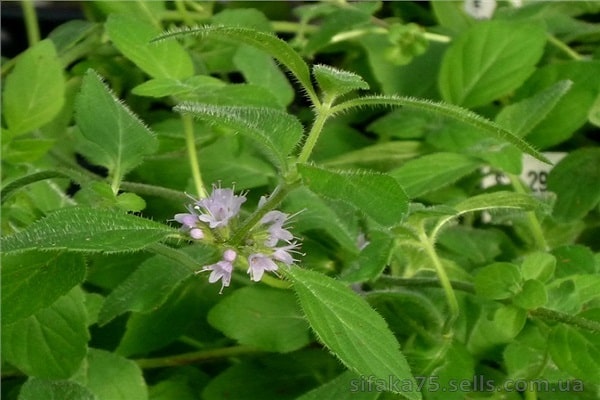
Watering features
This perennial is extremely hygrophilous. Water it sparingly, without moisture stagnation, which it does not tolerate. During a severe dry period, perennials require daily watering. They bring moisture into the evening. To keep the life-giving moisture during the drought period, they mulch the trunk circle with high-quality compost, and regularly loosen the soil.
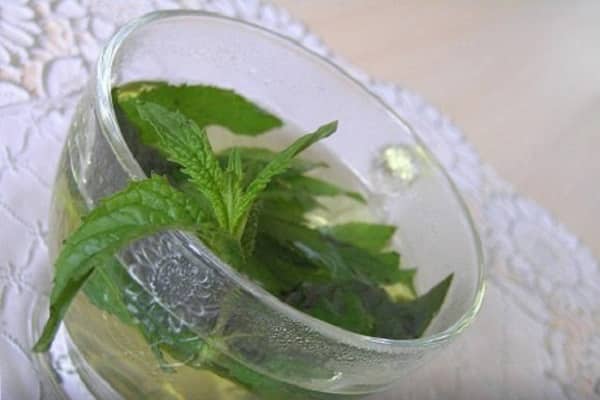
Weeding and loosening
Regularly weed the trunk circle from excess weeds. Periodic loosening of the soil is necessary, a dry type of irrigation is necessary.
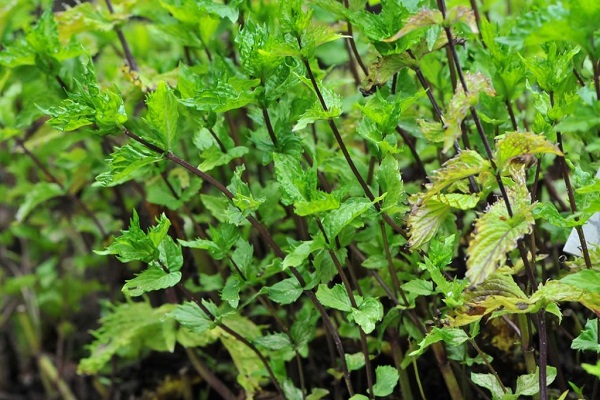
Diseases
When sowing seeds in open ground, they are sown at a distance from each other in order to prevent infection with various ailments. If powdery mildew is found on the leaves, then young bushes are saved by treatment with a solution of colloidal sulfur.
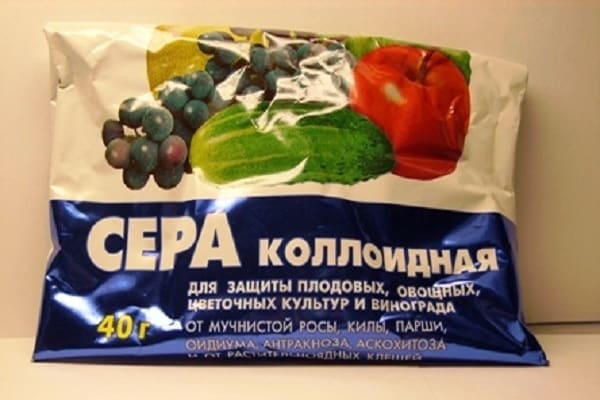
Pests
Weevils, aphids, whiteflies attack delicate mint, and slugs also spoil its appearance. Some gardeners collect harmful insects by hand, but it is still much more effective to periodically spray with a potent insecticide. The instructions indicate how long it takes to collect safe raw materials for making tea and decoctions.

Harvesting and storage
In the first year of intensive growth and development of the plant, fresh leaves are collected for drying. This must be done before the flowering of a fragrant perennial, since at this time a sufficient amount of nutrients and natural ether have already been accumulated in them. In order to preserve the best taste, the collected material is dried in the shade. Leaves are dried whole or ground into powder, sometimes dried with twigs. The freshness of the green shoots is kept in moist gauze in the refrigerator.
